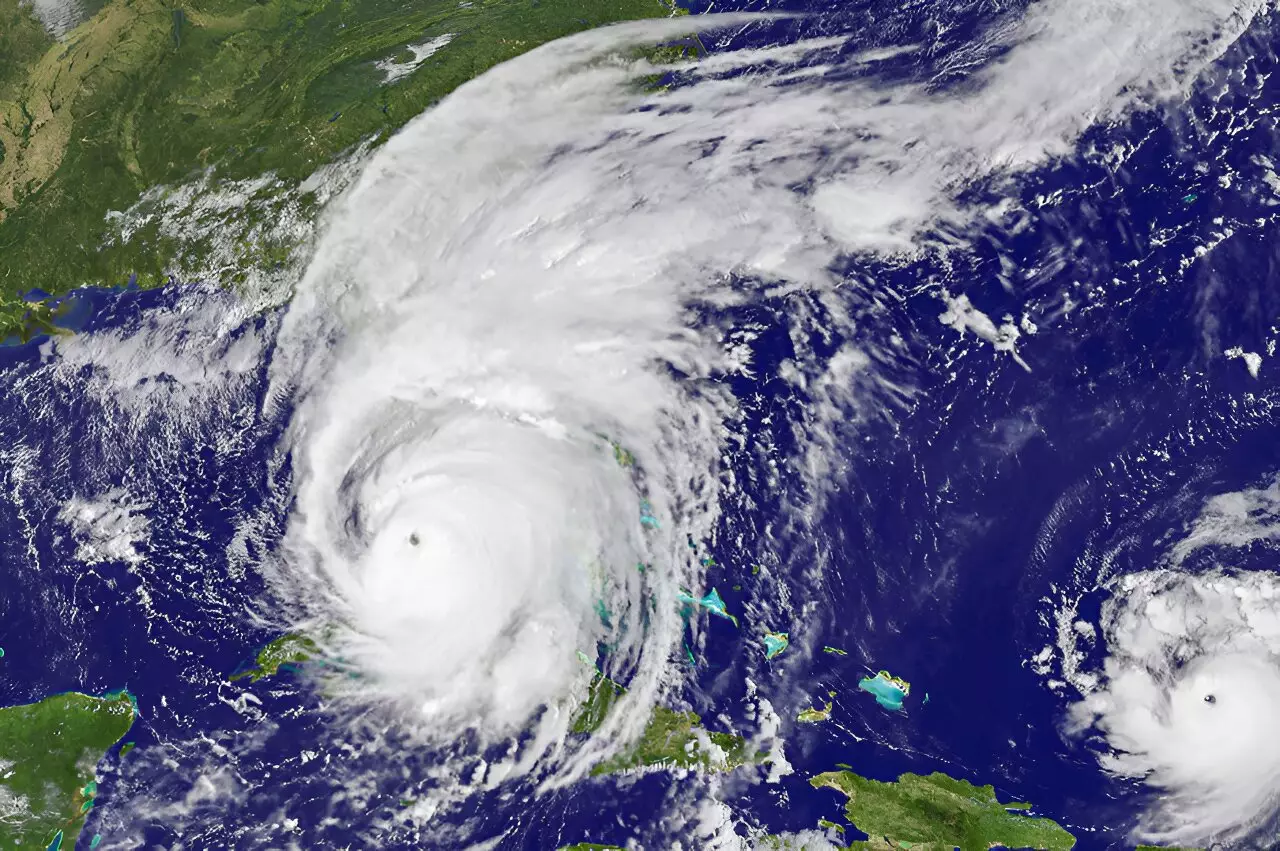On September 10, 2017, Hurricane Irma unleashed its fury across Florida, with Miami-Dade County bearing a significant brunt of the storm’s destructive force. More than 600 cellphone towers went inoperable, leaving residents disconnected at a time when coordination for disaster recovery was crucial. Around 900,000 customers served by Florida Power and Light found themselves without electricity, plunging thousands into darkness and uncertainty. Areas like Coconut Grove and Matheson Hammock Park saw flooding that reached alarming heights of 6 feet, decimating property and infrastructure. Alongside these physical damages, a staggering $245 million was incurred in agricultural losses. Yet, as the community began to recover, a less visible but equally concerning issue rose to the forefront: the rapid increase in mosquito populations.
The aftermath of Hurricane Irma brought not just the rebuilding of structures but, alarmingly, a sharp uptick in mosquito activity. As noted by a study conducted by Imelda Moise, an associate professor at the University of Miami, the conditions created by the hurricane formed an optimal breeding ground for these pests. Factors such as elevated temperatures, high humidity levels, and nutrient-rich floodwaters interplayed to enhance the mosquito population, raising public health concerns as the region scrambled to recover.
Moise’s research employed a robust data set, capturing both mosquito abundance and species composition from 2016 to 2018. This involved meticulous analysis conducted through various traps across more than 160 locations in Miami-Dade County. By intersecting these findings with meteorological data from Miami International Airport, the research revealed startling insights.
The aftermath of Hurricane Irma resulted in a shocking 7.3 to 8 times increase in mosquito captures during a four-week duration after the storm compared to the same period in the previous and following years. Remarkably, of the 32 species identified during the study, Culex nigripalpus emerged as the predominant species, constituting a staggering 70.4 percent of all trapped mosquitoes. This medium-sized, dark brown mosquito poses significant health risks as it is known to transmit diseases, including West Nile virus.
A critical finding from Moise’s study was the nuanced understanding of how various mosquito species responded differently to the post-hurricane environment. Contrary to the initial hypothesis that heavy rains would eradicate mosquito breeding grounds, the reality showed a rapid rebound of populations, sometimes within just a week of the storm’s passage.
Moise’s investigation extended beyond mere population counts to explore the social dimensions associated with mosquito-borne diseases. The research highlighted that neighborhoods with high population densities were disproportionately affected, informing residents and public health officials that social determinants—such as socioeconomic status, community education, and access to healthcare—play a significant role in vulnerability to mosquito outbreaks following hurricanes.
This finding is critical for formulating public health strategies that focus not only on immediate response efforts but also on long-term preventive measures. The intersection of environmental health and social determinants calls for a multi-faceted approach to public health that addresses both ecological impacts and community resilience.
As another hurricane season approaches, and with storms like Hurricane Helene looming, the importance of vigilance in public health cannot be overstated. Moise’s findings underscore a pressing need for communities to be proactive, not just against incidental mosquitoes but specifically against those that are vectors for serious diseases. Her call to action is for residents across vulnerable regions to adopt protective measures, especially as storm recovery progresses.
This study serves as a timely reminder of the long-term implications that natural disasters can have on public health, further emphasizing the need for comprehensive disaster management plans to include vector-borne disease surveillance and intervention strategies. As history has shown through prior disasters such as Hurricane Katrina and Hurricane Maria, the surge in mosquito populations post-storm is not an isolated incident but a recurring phenomenon exacerbated by climatic events.
Hurricane Irma not only wreaked havoc on buildings and infrastructure but also disrupted the balance of public health in Miami-Dade. The rise in mosquito populations post-hurricane serves as both a cautionary tale and a roadmap for future preparation, highlighting that the fight for public health continues long after the winds have died down and the floodwaters receded.


Leave a Reply